Compost is undoubtedly the most valuable and easy to use organic fertilizer. It provides plants with all the essential nutrients and also improves soil structure. But how do you apply it correctly? Here’s what to consider when spreading compost.
- Compost is excellent organic fertilizer
- can be spread at the right time on almost all surfaces
- suitable for vegetable and flower beds, perennials, woody plants and lawns
- apply only superficially and do not work in deeply
- do not use on bog plants such as rhododendrons, blueberries, hydrangeas and erica
Contents
- 1 When to apply compost?
- 2 In spring
- 3 In autumn
- 4 Before spreading
- 5 Apply compost in the right dosage
- 6 New plants
- 7 Vegetables
- 8 Soft fruit
- 9 Woody plants and shrubs
- 10 Perennials
- 11 Lawn
- 12 Frequently asked questions
- 13 Can mature compost be used together with mineral fertilizers?
- 14 Why should it not be used pure?
- 15 When is compost mature?
- 16 Can I also mulch with compost?
- 17 Author
When to apply compost?
In general, this natural fertilizer can be applied throughout the year. Starting with planting, through the entire growing season in the spring and summer, and ending with a blanket application of fertilizer in the fall. Both spring and fall as the right time have advantages and disadvantages.
In spring
Advantages
- composted material can be freshly incorporated
- is still full of nutrients
- not washed out by precipitation
- nutrient concentration is highest in spring
- good starting fertilizer for planting
Disadvantages
- for early vegetables apply very early
- as soon as soil is no longer frozen
- material from thermocomposters may contain pathogens
- also pests, their eggs and larvae
- overwinter in the warm environment of the composter
- fresh compost is firmer than frozen through in winter
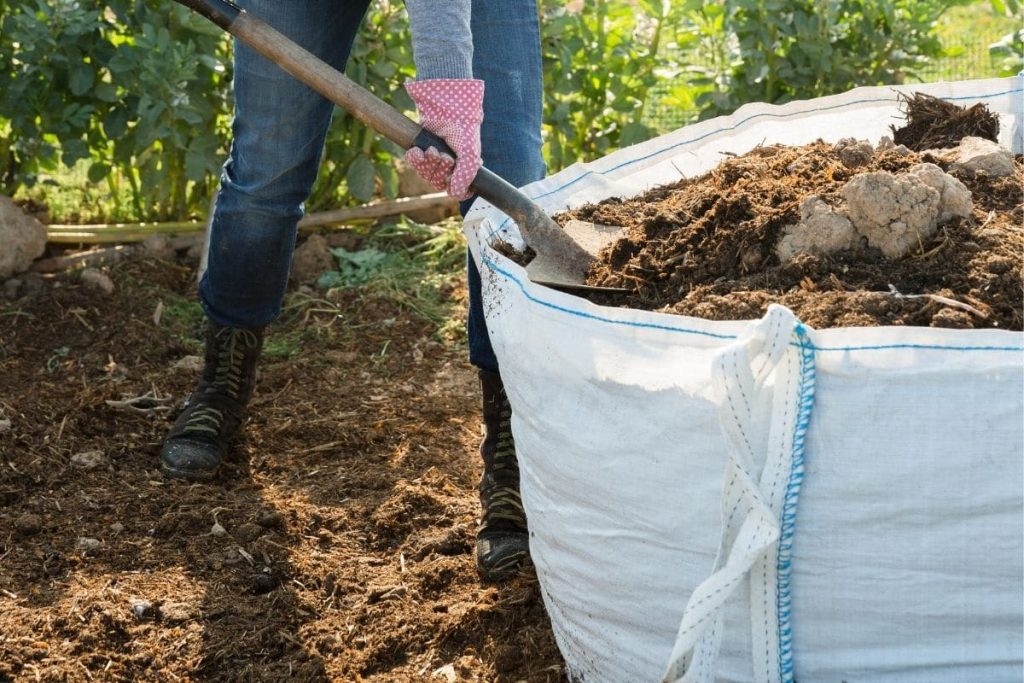
In autumn
Advantages
- Compost material can freeze through well after application
- Pathogens, pests and parasites are killed off
- Substrate gets a finer structure due to frost
- frost breaks up coarser substrate components
- optimal conditions for growing
- is immediately available to plants in spring
Disadvantages
- Nutrients are partially flushed out
- more wetness in late autumn and winter
- heavy rain rather bad for fresh compost
- important nutrients are deposited in depressions
- can oversaturate soil
- seeds of many competitive plants germinate also in autumn
- can reduce the nutrient content of the compost
Tip: Well-rotted two-year-old compost can be spread anywhere in the garden in the fall.
Before spreading
Before spreading mature compost on beds, lawns and other areas, it is advisable to sift it. This makes it more finely crumbly, which is especially important for young plants.
- can also be used unsifted, depending on its composition
- for roses, shrubs, borders and berry bushes
- for use in potting soil, steam beforehand
- to kill fungal spores, pests and seeds of weeds
- compost material acidic due to excessive amounts of leaves and lawn clippings
- Improve too acidic compost with lime
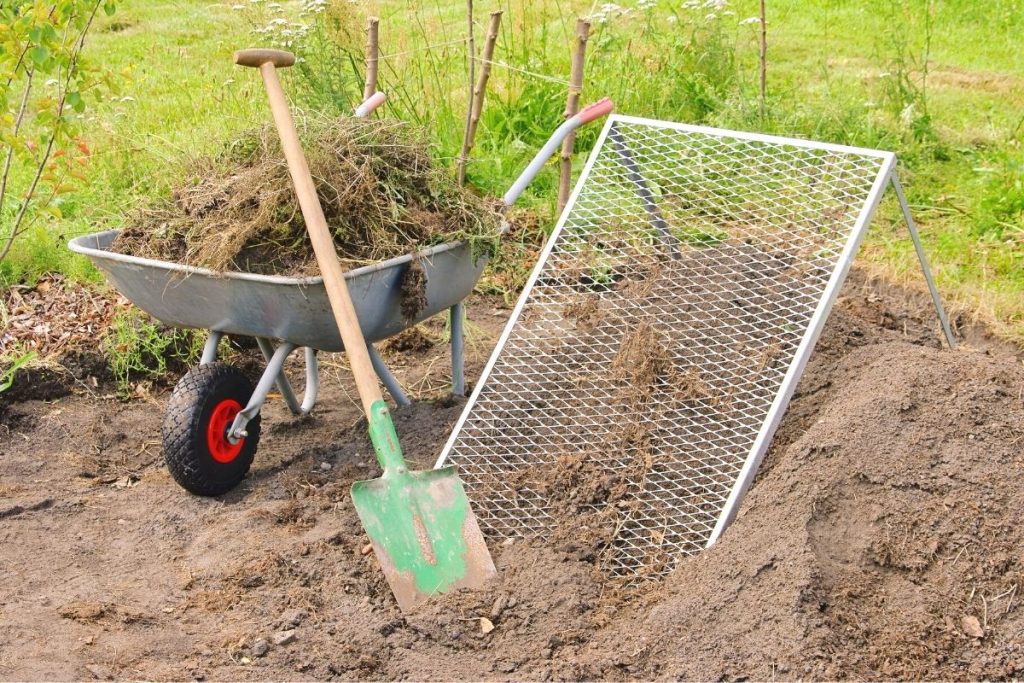
Note: If ash and/or cat litter was composted, there is a possibility that the compost material is contaminated with pollutants and pesticides. If so, it should not be applied to fruit and vegetable beds.
Apply compost in the right dosage
The question of how much compost you should actually apply should always be answered depending on various parameters. For example, are we talking about new plantings and what types of plants do I actually want to supply with nutrients?
New plants
- Compost quantities depend on several factors
- e.g. the prevailing site conditions and intended use
- or the nutrient requirements of the plants and nutrient content of the soil
- apply larger quantities once
- for woody plants and perennials, mix excavated soil with up to one third of mature compost
- for the creation of whole beds, take into account soil characteristics
- sandy soils with up to 25 liters of compost per square meter
- on clay soils up to 45 liters
- on clay soils up to 35 liters
- Spread compost material evenly
- then work it into the upper 10-20 cm
Vegetables
How much ripening compost vegetable crops need depends on whether they are weak, medium or strong growers.
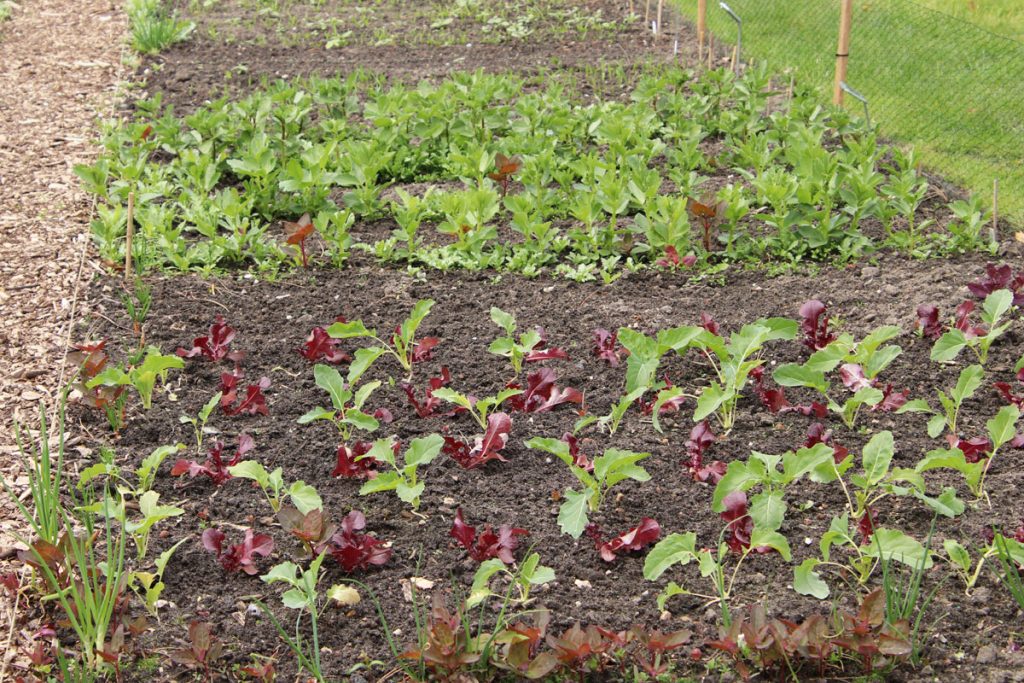
After spreading, the compost only needs to be raked flat into the top layer of soil.
Soft fruit
In the case of soft fruits such as strawberries, currants, raspberries or gooseberries, two to three liters of ripening compost can be applied in the spring before budbreak as an annual soil treatment and fertilizer at the same time. It is raked in as a layer about five centimeters thick only superficially. Especially between berry bushes, you should neither hoe nor dig up, so as not to injure the roots.
Woody plants and shrubs
- as an addition to the planting hole
- mix one part compost with four parts excavated soil
- insert to a maximum depth of 20 cm
- or work in a layer three centimeters thick on the surface
- for soil care and nutrient supply apply two to three liters/m²
- during the growth phase
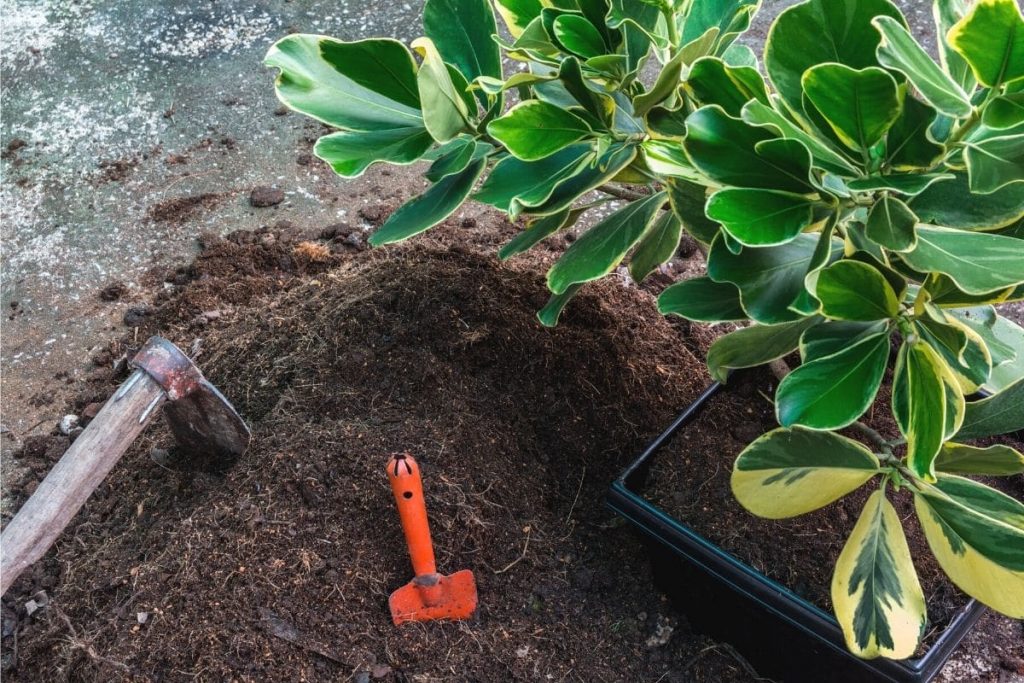
Perennials
- incorporate five to eight liters/m² for new plantings
- rake into the loosened soil before planting
- ideally after a rain shower
- in existing borders, spread five liters over the surface once a year
- annual fertilization in spring
- additional fertilization in the summer for heavy-duty species
- fertilize evergreen perennials in autumn
Note: The few heavy feeders among perennials include phlox, delphinium, coneflowers, sunflowers, asters, sunflowers, watercress, and pennycress.
Lawn
- about one to two liters of compost per square meter
- first fertilization in March or April
- for ornamental and play lawns intermediate fertilization in June/July
- last fertilization before winter
- mow the lawn to four centimeters before fertilizing
- spread a thin layer of sieved compost
- work it in superficially with a rake
- water the lawn after fertilizing
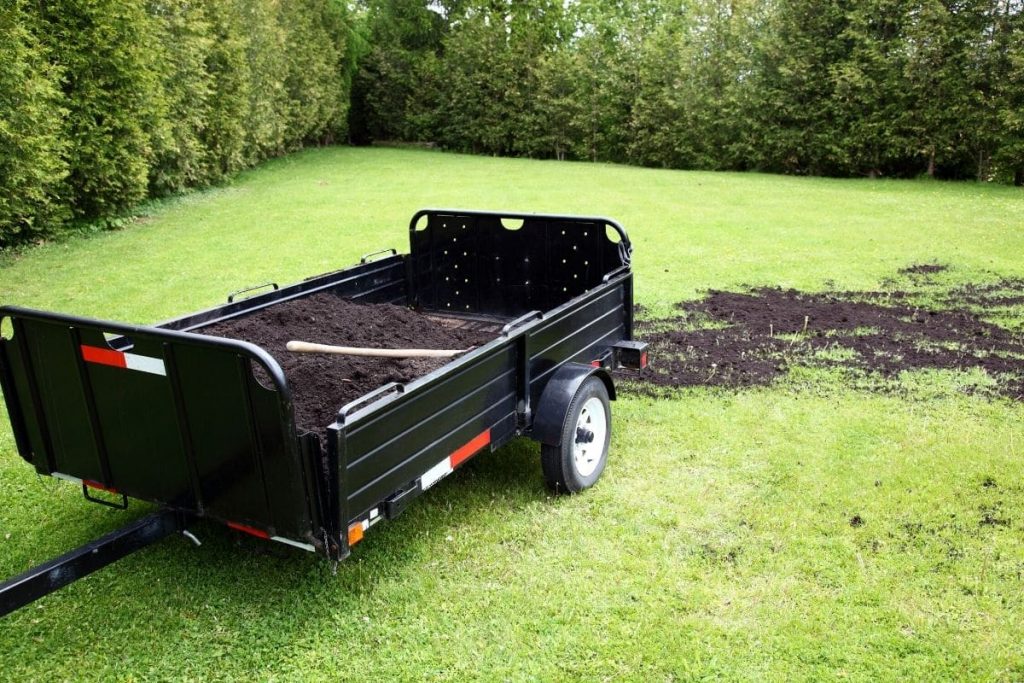
Frequently asked questions
Can mature compost be used together with mineral fertilizers?
The simultaneous use of compost and mineral fertilizers usually results in overfertilization. The nitrogen content in compost alone, which is too low, should be supplemented by another source of nitrogen of organic origin.
Why should it not be used pure?
For fertilizing, it can be applied and incorporated pure. Using pure compost to create a new bed is not advisable. The reason for this is the high nutrient content, which can overfertilize the plants and thus damage them. Therefore, it should always be mixed with potting, planting or garden soil.
When is compost mature?
Fresh compost can be harvested after about six months. It is mature after ten to twelve months at the earliest. However, the longer it stands, the lower its nutrient content. Mature compost should therefore be used as soon as possible.
Can I also mulch with compost?
Of course, that is no problem. Unripe compost, i.e. compost that has been rotting for three to four months, is particularly suitable for mulching or covering the soil. The organic acids, which are still present in large quantities, are only gradually broken down in the further course of the rotting process. Spread a layer about five centimeters thick evenly on the soil. Care should be taken with sensitive crops such as spinach or lettuce, as they could be damaged.









